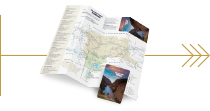Your Guide to Winter Wildlife Watching in Yellowstone National Park
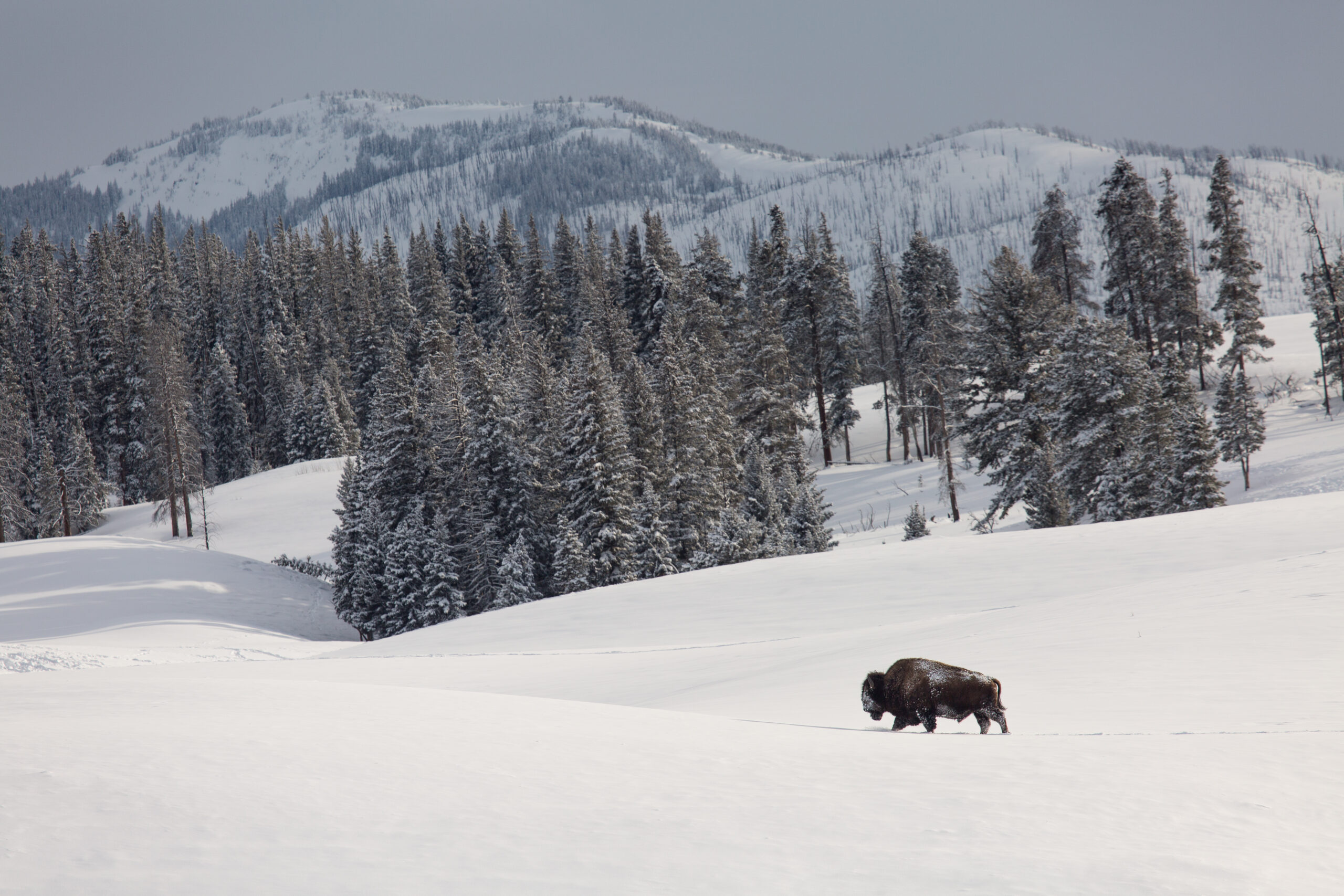 NPS / Neal Herbert
NPS / Neal Herbert
Yellowstone National Park is beloved for a variety of reasons: The world’s first national park covers nearly 3,500 square miles—and is larger than Rhode Island and Delaware combined. Old Faithful is the world’s most famous geyser, bringing visitors from around the world to see its regular eruptions every day. And Yellowstone sits atop an active volcano, leading to more than 10,000 belching, burping, and steaming hydrothermal features throughout the park.
But for some, Yellowstone is one of the best-loved destinations in the world for wildlife watching. The park is home to 67 species of mammals—including moose, bison, elk, and two species of bear—representing the largest concentration of mammals in the contiguous United States. (And that’s to say nothing of the nearly 300 bird species that have been spotted within park borders.) For its part, the park’s Lamar Valley is nicknamed the “American Serengeti” due to the rich variety of wildlife that live, hunt, mate, and migrate through the scenic river gorge. Other wildlife-watching hotspots around Yellowstone include Hayden Valley and Mammoth Hot Springs.
And while Yellowstone mostly closes in winter, the park remains a popular place to watch wildlife—thanks to experiences you can’t enjoy in other seasons, like snowcoach tours that operate out of West Yellowstone, the park’s West Entrance. So if the park’s animals are a big reason for your next trip to Montana’s Yellowstone Country, here’s a guide to everything you need to know about winter wildlife watching in Yellowstone National Park.
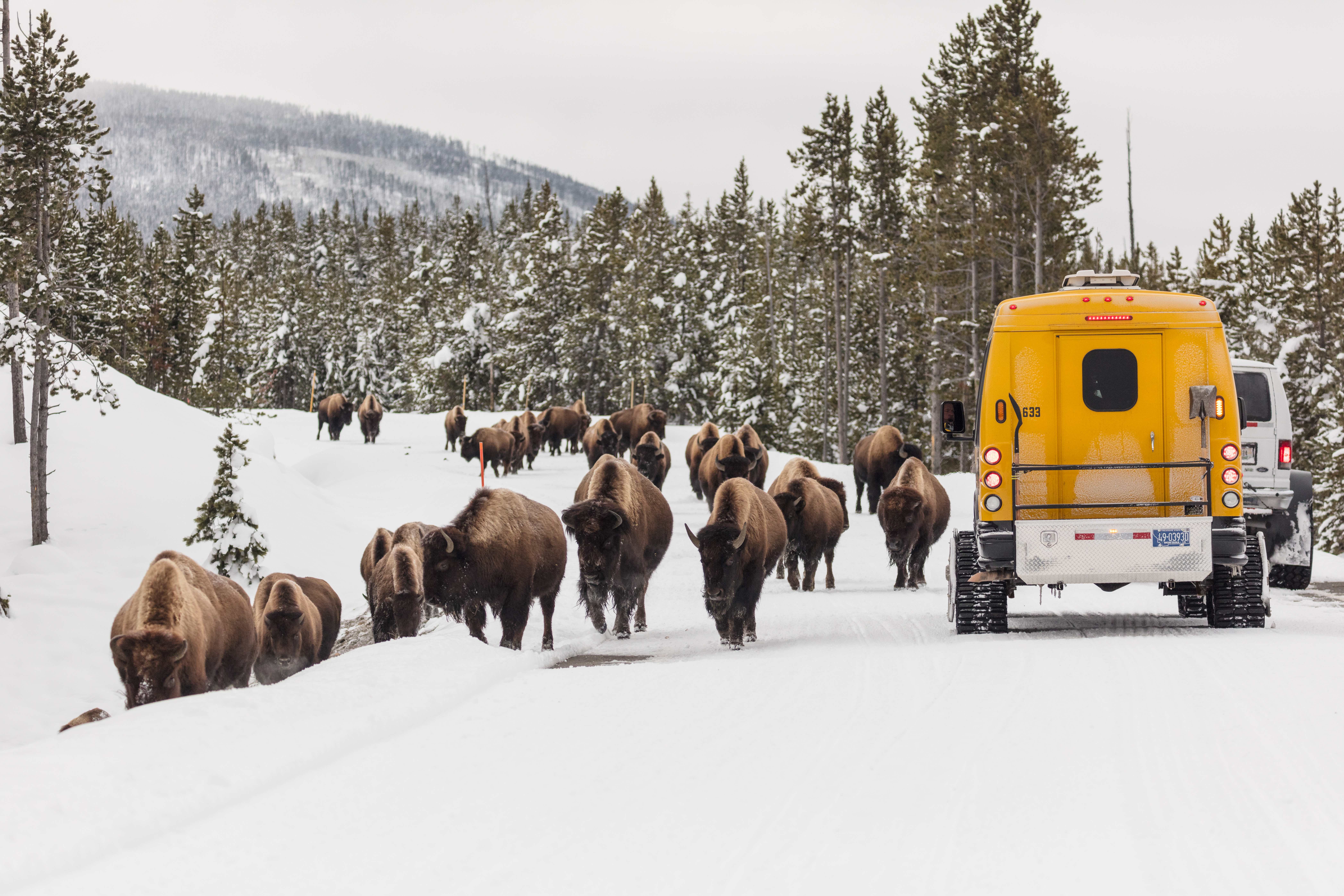 NPS / Jacob W. Frank
NPS / Jacob W. Frank
Plan the Perfect Trip
Your first step, even before booking a hotel room, should be to think about what kinds of animals you’d like to see—and make plans accordingly. Here are a few tips to help you plan the perfect experience:
Know the season: Spend a little time researching online (whether via the park’s official website, travel blogs, or even Facebook groups) to see which animals might be present in winter—and whether they’re visible from the parts of the park that remain open all year long. If you’re excited to see Yellowstone’s grizzly bears, for instance, you won’t have much luck in January or February (when they’re hibernating); bison and wolves, though, remain a steady presence in the park all winter long.
Give yourself plenty of time: You may see plenty of animals on a quick, one-day trip through the park—but given the unpredictable nature of wild animals and Yellowstone’s immense size, you may want to consider planning three, four, or even five days to give yourself the best possible chance at seeing the most wildlife.
Experience the best of winter: Yellowstone sees more than 3 million visitors annually, with the vast majority arriving between Memorial Day and early October. A winter visit, however, means taking snowcoach tours into the park’s quiet interior—where you may see wolves, bison, coyotes, and other animals at lower elevations. Just keep in mind that Lamar Valley is only accessible via the park’s North Entrance —in the charming community of Gardiner—through winter. You can also access the Northeast Entrance to the park at Cooke City and Silver Gate, but the road is closed past the two towns, so you'll need to return the same way you entered.
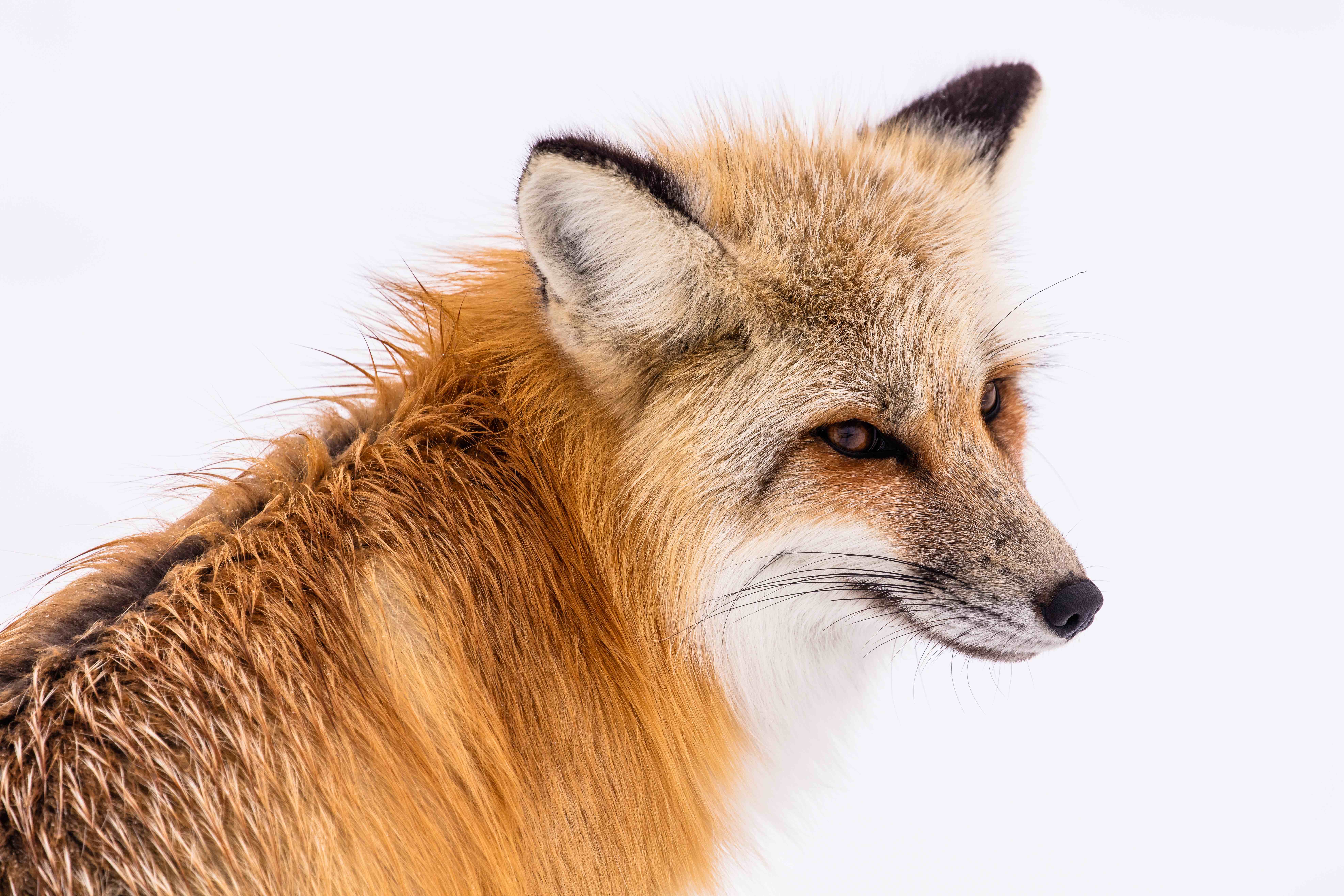 NPS / Jacob W. Frank
NPS / Jacob W. Frank
Know How to Watch for Wildlife
In some cases, it’s easy to watch for wildlife from the seat of your vehicle. But some sightings require a bit more legwork and know-how. Here’s what to know while you’re out in the park.
Know where the wildlife is: It helps to do some research on seasonal patterns among the park’s wildlife so you know where to go to spot the animals you want to see. For example, elk and pronghorn usually leave the park’s interior in mid-September and spend their winters around Paradise Valley (north of the park), where there are fewer predators; they mostly remain outside the park until spring, making winter sightings rare. Bison, however, search throughout the winter for easy access to grass and other food sources across Lamar Valley—while wolves and coyotes search for mice, rabbits, and other small animals. Check the Yellowstone National Park website for information on wildlife whereabouts, or ask a park ranger for detailed information.
What to watch for: The blanket of snow makes it easy to view wildlife in winter—another perk of visiting during the quiet season. A gray wolf may stand out against a snowdrift, for instance, making them easier to spot than when they blend in against the otherwise arid backdrop in summer. Keep an eye out for tracks in the snow, as well, which make it easy to follow an animal’s path (from a safe distance, of course) and hopefully catch a glimpse.
When to go: Animals tend to be most active around sunrise and sunset, conserving their energy in the middle of the day; this is also when fewer predators are out and about, and it’s easier to feed. This doesn’t mean you won’t see an animal at midday, but your chances are better if you can wake up early or stay out late. No matter when you visit, pack layers to account for chilly (and changing) temperatures around these times.
Keep your eyes peeled: You can do all the research in the world, but your best bet is to keep an eye out at all times (assuming it’s safe and you’re not driving, of course). You never know when you might catch a pack of wolves cresting a hillside or a herd of bison ambling through a snowy meadow—even if it’s not where you expect to see them. These are wild animals, after all, and Yellowstone is far from a zoo.
Stay safe: Every year, visitors get too close to the wildlife at Yellowstone and suffer the consequences. Read the National Park Service’s safety tips for wildlife watching so you can maintain your distance, keep roads clear, and stay safe in the event of an encounter.
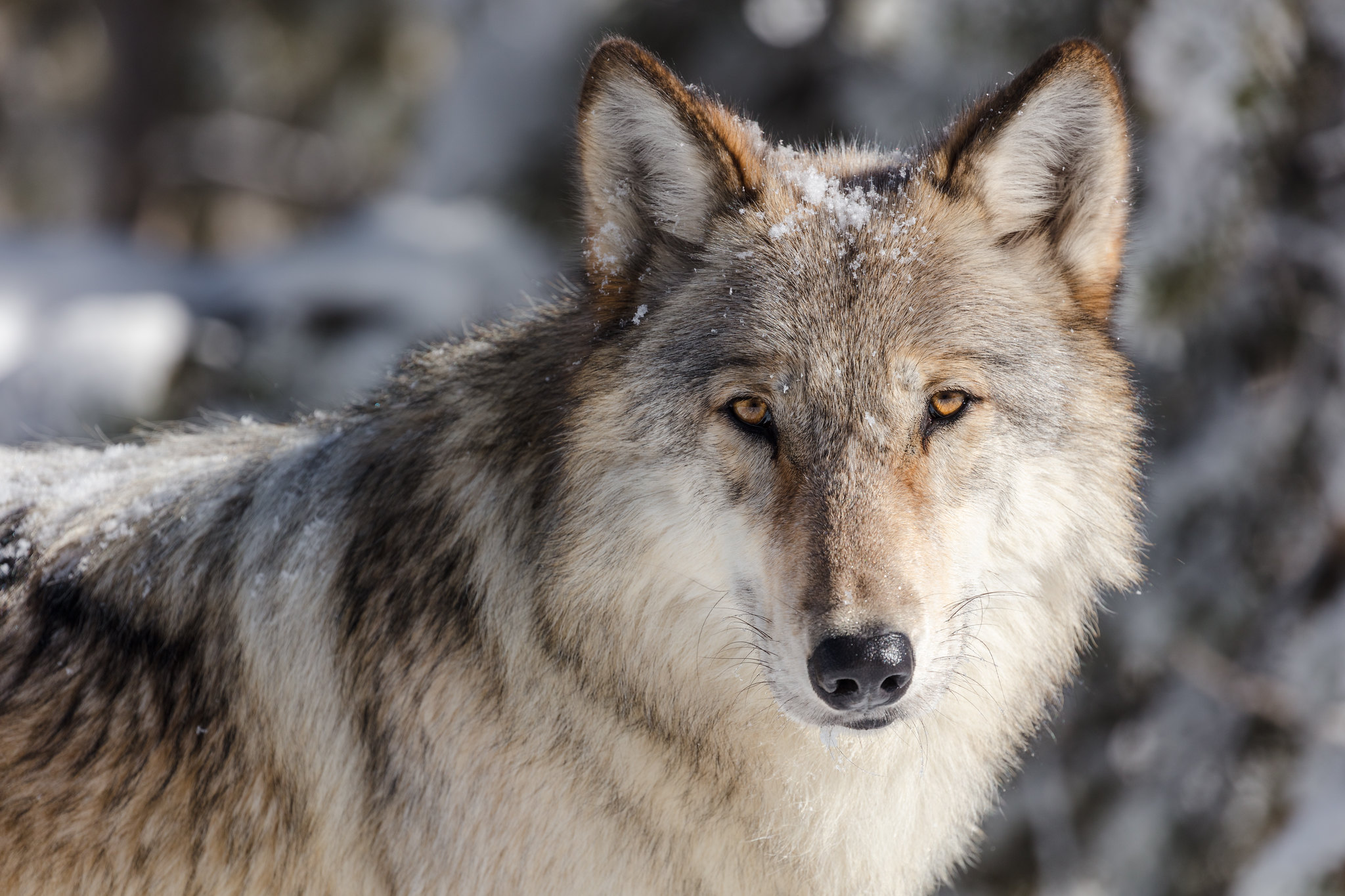 NPS / Jacob W. Frank
NPS / Jacob W. Frank
Consider Hiring a Guide
With plentiful roadside pullouts and an abundance of animals residing within the park, Yellowstone makes it easy to watch for wildlife. But sometimes, it makes sense to hire a guide for a tour of the park. Here are a few reasons a guide might be helpful:
In the loop: Your guide routinely talks with other outfitters and is in the park constantly, giving them unparalleled insight into where animals might be at various times. If a bison has recently died in Lamar Valley, for instance, a tour operator will know about it and understand the implications; they may suggest beginning your tour long before sunrise to see wolves, coyotes, and other animals competing for the carcass at day’s first light.
Knowledge of the park’s animals: When booking your tour, you can tell your guide what you’d like to see—and they can retool your trip to accommodate that.
Driving: If you don’t feel comfortable driving in wintry weather, a private guide is happy to do so (when it’s safe) and understands the park’s roads and terrain.
High-quality photos and videos: You may not arrive in Yellowstone with binoculars, spotting scopes, or cameras that can easily cost hundreds or thousands of dollars—but your tour guide will. And when you head home, they’ll pass along the best photos and videos to commemorate a memorable trip.
